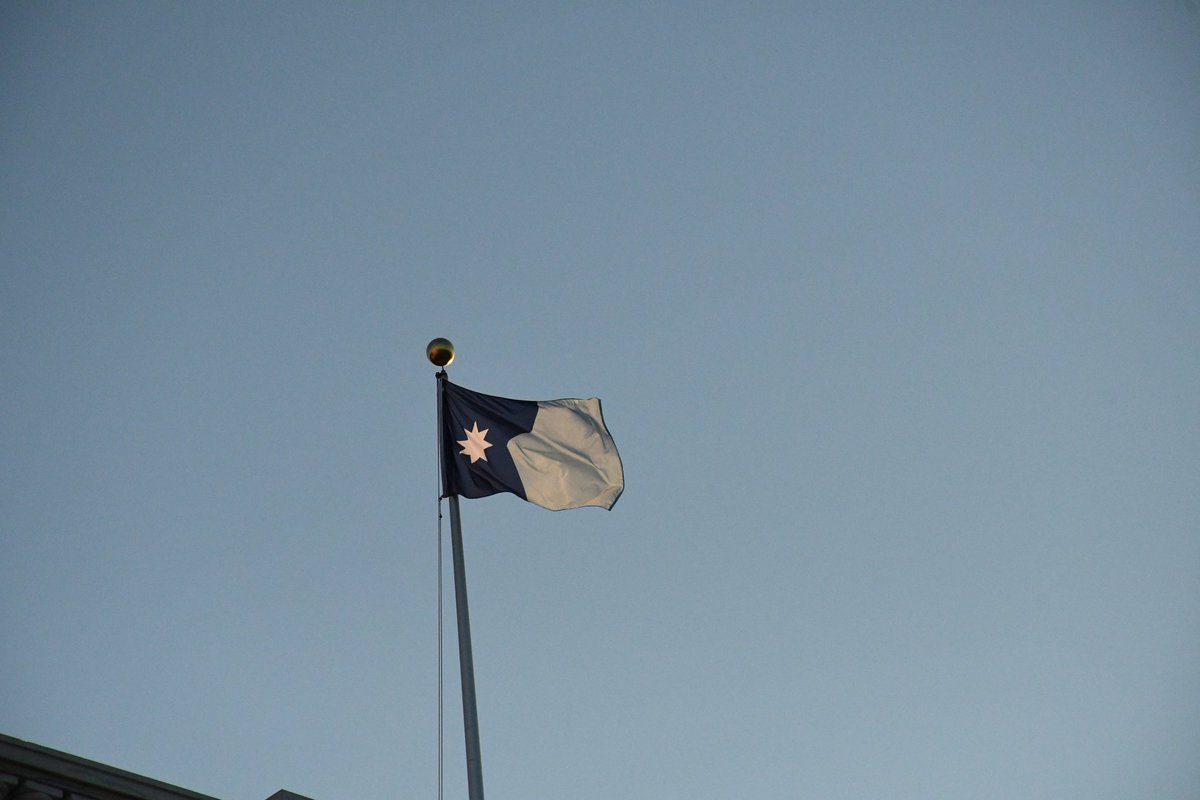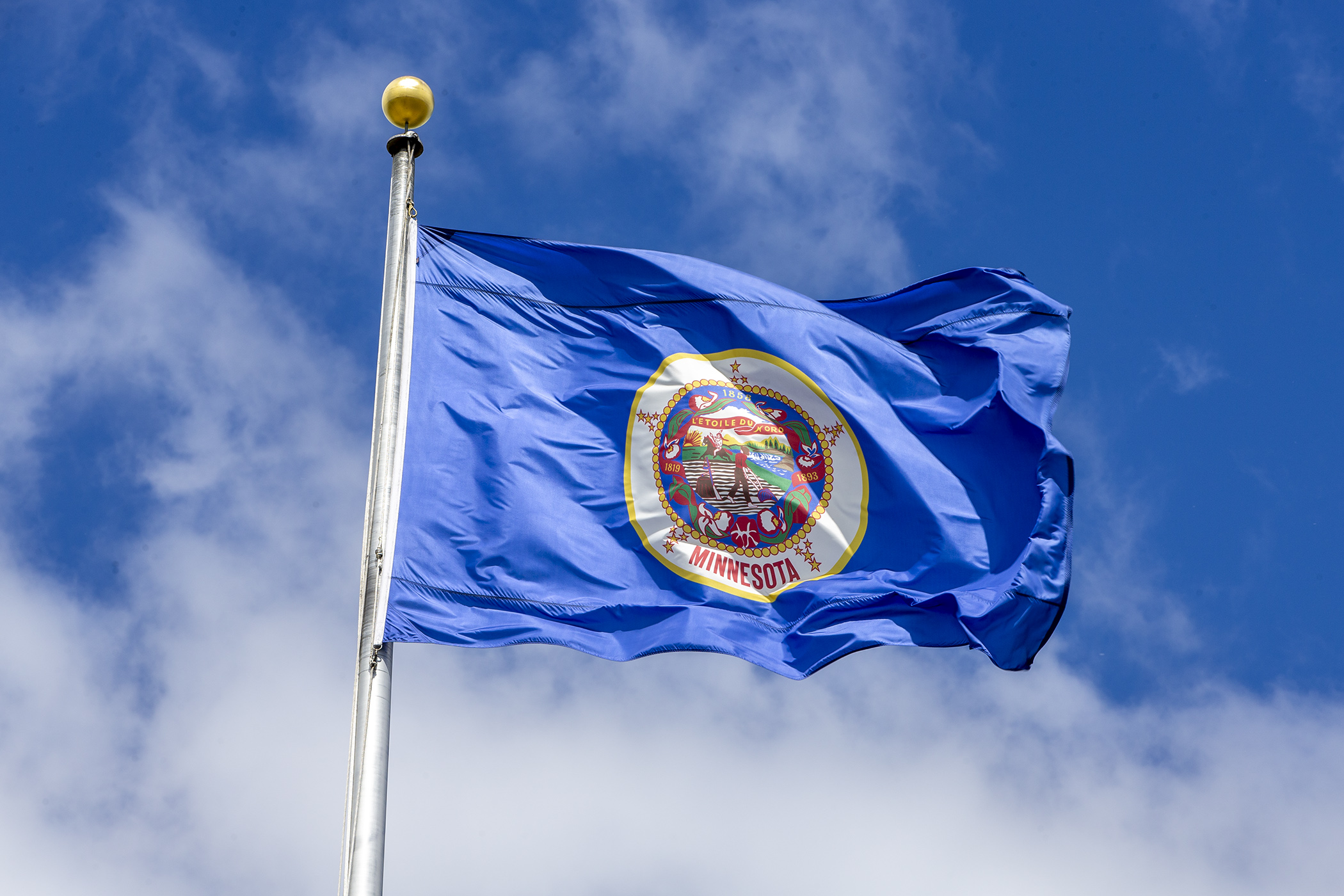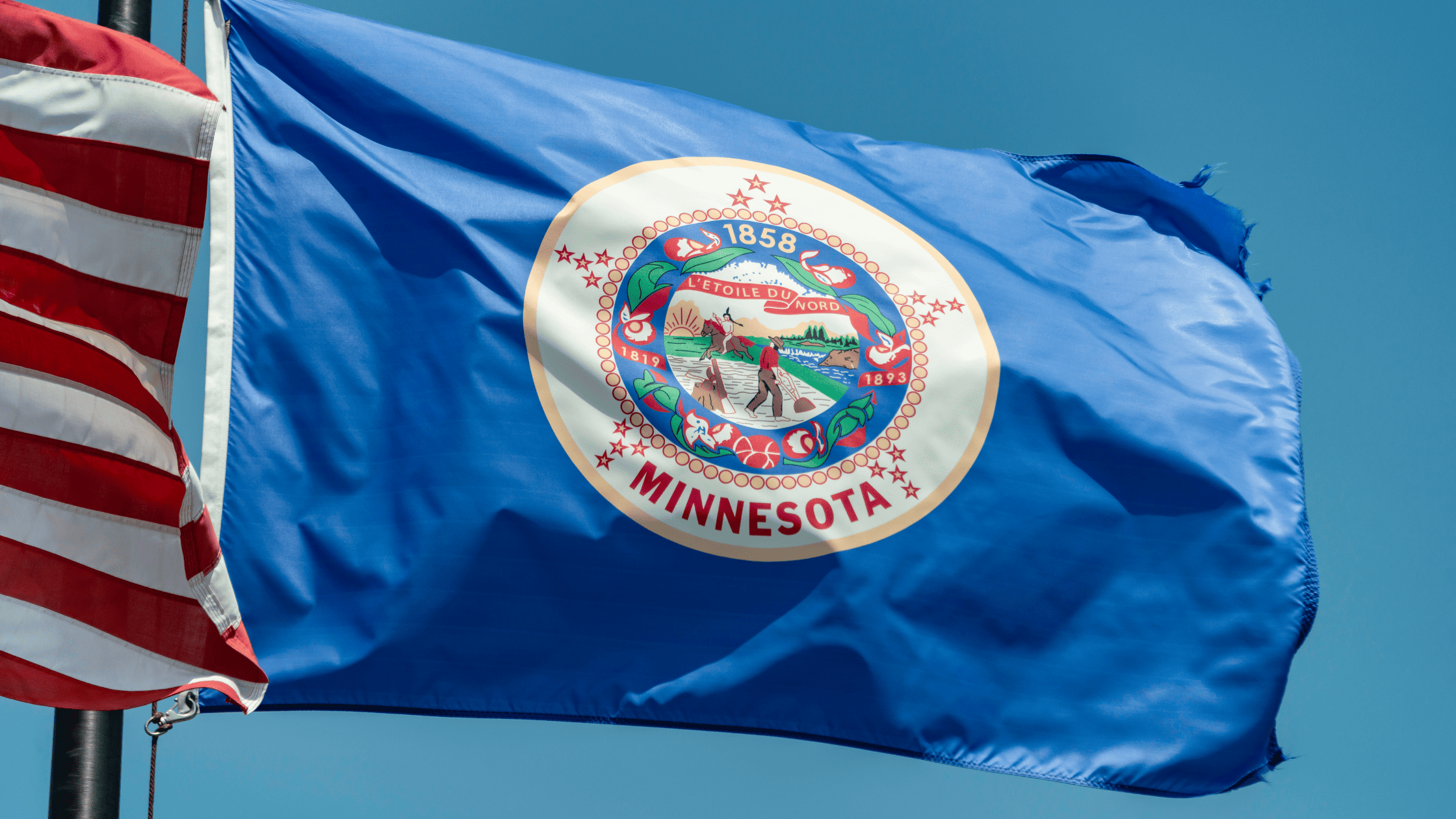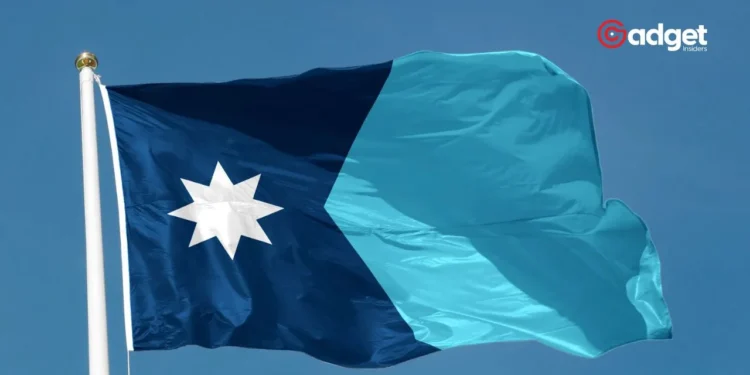In a significant move towards inclusivity and modernization, Minnesota unveiled its new state flag on Saturday. The decision, which has sparked a mix of reactions, stems from a deeper, more complex history of the state’s emblems.

A Historical Look at Minnesota’s Old Flag
Minnesota’s previous flag, adopted in 1957, depicted a scene that many found offensive: a White settler tilling the land while an Indigenous man rode horseback in the background. This imagery was problematic for several reasons. As Governor Tim Walz stated, “Our current flag is problematic. I think we all know that. We’ve evolved into a more diverse state and I think it’s more reflective of that.” The flag’s depiction was seen as an erasure of Indigenous peoples and their history.

The Push for Change: Establishing the State Emblems Redesign Commission
In 2023, the Minnesota legislature established the State Emblems Redesign Commission with the goal of creating a new, more inclusive flag and seal. This commission included members from diverse backgrounds, including Indigenous representatives who had long felt the old flag’s imagery was harmful to their communities.
Lt. Governor Peggy Flanagan, a member of the White Earth Band of Ojibwe, was a vocal critic of the old flag. She openly refused to use it, highlighting the flag’s controversial nature and the urgent need for change.
Addressing the Design Flaws
The old flag wasn’t just offensive; it also failed from a design perspective. The North American Vexillological Association criticized it for violating principles of good flag design, which include using meaningful symbols, limiting the number of colors, and avoiding lettering or seals. Additionally, the flag was noted for its similarity to other state flags, making it less distinctive.
Speaker of the Minnesota House of Representatives Melissa Hortman echoed these sentiments, stating, “We changed the flag for a reason. In addition to it being a poor design, it was offensive to a large number of people.”
Reminder: Minnesota’s new official state flag will be raised for the first time tomorrow. pic.twitter.com/yG3yadMFIb
— Governor Tim Walz (@GovTimWalz) May 11, 2024
Legislative Hurdles and Political Debates
Despite the clear need for a new flag, the decision wasn’t without controversy. Some Republican lawmakers attempted to halt the rollout, arguing that Minnesotans deserved a more significant say in the matter. However, their efforts were unsuccessful in the Democrat-controlled legislature.
Crafting a New Identity: The Design of the New Flag
The new design aims to “accurately and respectfully reflect Minnesota’s shared history, resources, and diverse cultural communities.” According to the state statute, the new flag needed to avoid symbols that represented only a single community or person, ensuring a more inclusive representation of Minnesota’s population.
A Step Towards Inclusivity and Respect
The adoption of the new flag marks a significant step towards recognizing and respecting Minnesota’s diverse communities. It’s a move that acknowledges past mistakes while looking forward to a more inclusive future.
In the words of Governor Walz, the new flag is a reflection of Minnesota’s evolution into a more diverse state. As Minnesota embraces this change, it sets a precedent for other states grappling with similar issues of representation and inclusivity.

Conclusion: Minnesota’s Journey of Transformation
The unveiling of Minnesota’s new state flag is more than just a change in emblem; it’s a powerful statement about the state’s commitment to inclusivity and respect for all its residents. By addressing both the offensive nature and design flaws of the old flag, Minnesota is paving the way for a future that honors its rich, diverse history and looks forward to a unified and respectful representation of its people.










